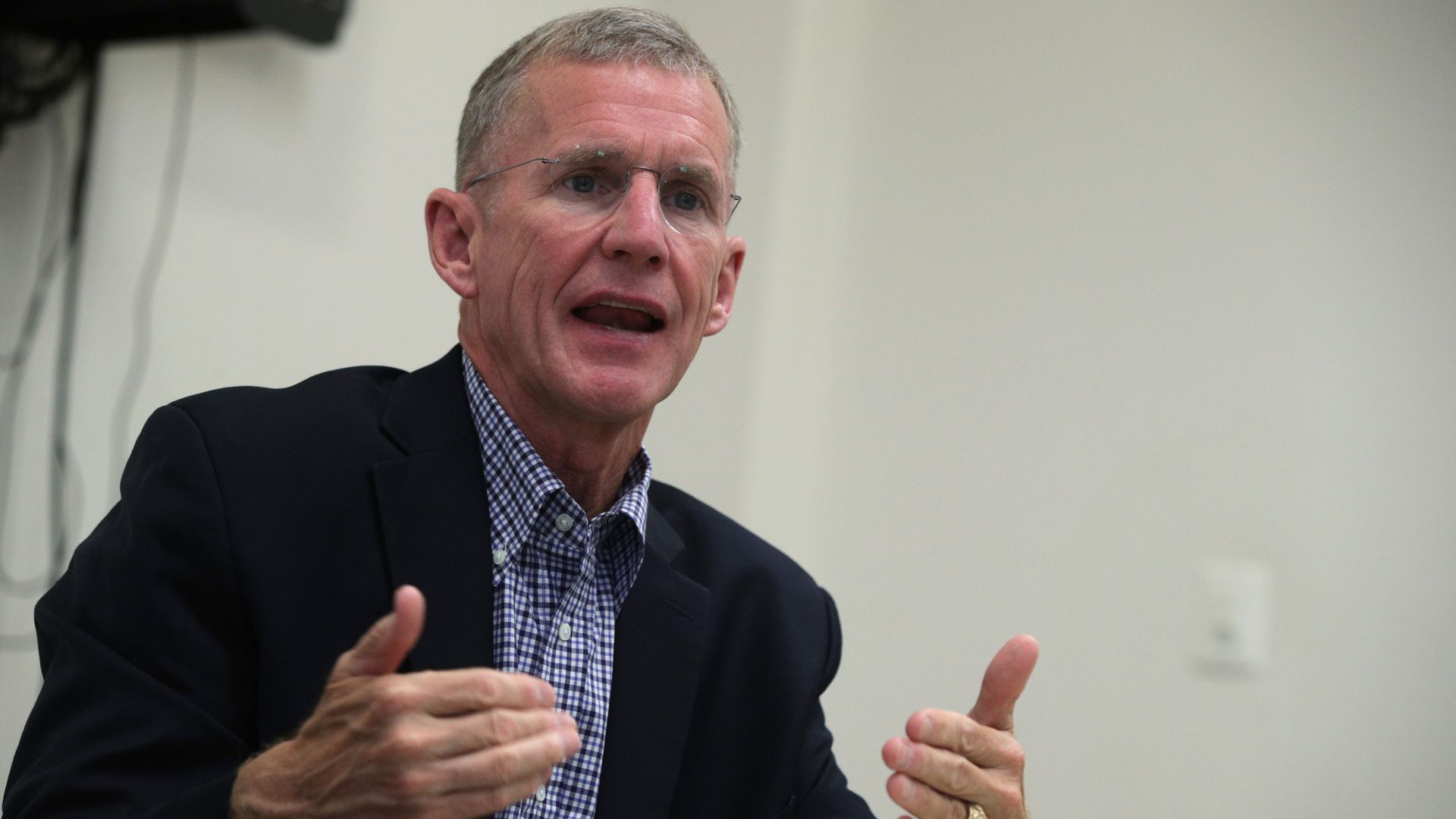BY JAMES STAVRIDIS

The idea of teaching young officers coding at the time stemmed from the belief that eventually the U.S. Navy would be using high-powered computers in our warships. Computing was then just beginning to impact the business sector broadly as well. Even in those long-ago days, it seemed to me that if this "computer" thing was really going to take off, it was going to require the participation of not just the military, but the commercial sector as well. Obviously, at that time the internet was just a gleam in Al Gore's eye. No one could then have imagined how intertwined our military, economy and society would become with the internet of things.
As we enter 2021, almost half-a-century later, we know that a world in which 50 billion devices are connected to the internet is a world of extraordinary convenience, limitless knowledge and computational power — but also a world with a vast threat surface. We therefore must make sure the nation is prepared for cyberattacks, and protecting the frontlines will clearly require private-public cooperation. To do this most effectively, we must move the nascent public-private partnership model beyond basic information-sharing to true operational collaboration, with the government and the private sector working shoulder-to-shoulder. Only then can we understand, prevent, defend against and indeed preempt attackers. The recent bipartisan and highly-regarded Cyberspace Solarium Commission study has powerfully and recently validated this private-public approach.











/cloudfront-us-east-1.images.arcpublishing.com/mco/RJHXWN4RAZA6BA4ZGWC4GWABRE.jpg)







